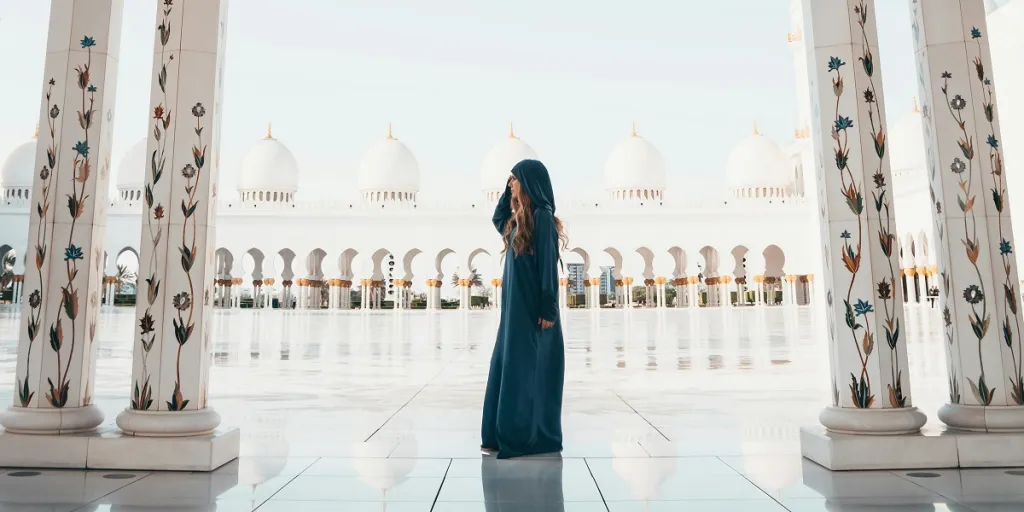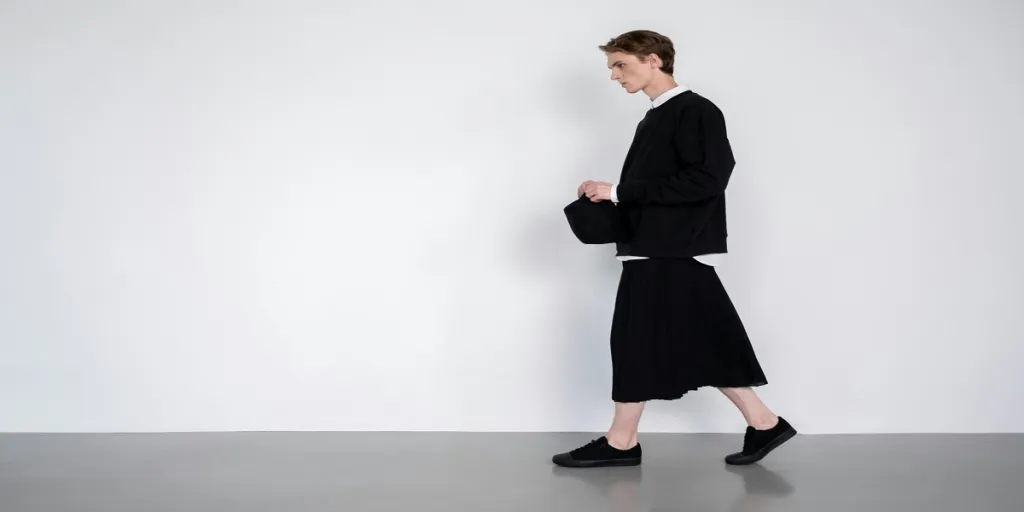Textiles are used for many different applications, but one of the major segments that utilizes fabrics is the fashion and clothing industry. This is a guide to the latest fabric trends taking the apparel industry by storm in 2025/26.
Table of Contents
Overview of the textile market
Top 5 fabric trends for 2025/26
1. Sustainable fabrics
2. Smart textiles
3. Vintage qualities
4. Metallic finishes
5. Tactile textures
Summary
Overview of the textile market
Globally, the textile market is projected to reach a value of USD 295.87 billion in 2025, at a compound annual growth rate (CAGR) of 1.88% between 2025 and 2029.
The market is largely driven by rising demand from the fashion e-commerce industry. Due to constantly changing fashion trends and online fast fashion retailers, clothing is the largest segment within the textile market.
As sustainability remains important for many consumers, major textile companies are investing in sustainable manufacturing processes and eco-friendly fabrics. Additionally, this trend results in a rising demand for natural fibers derived from plant sources.
Top 5 fabric trends for 2025/26
1. Sustainable fabrics
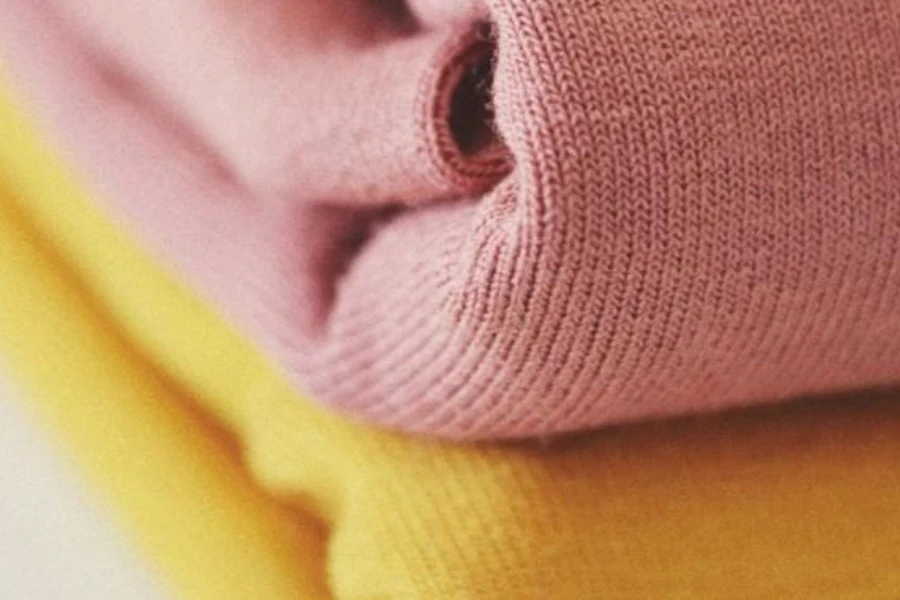
As sustainability continues to gain prominence in the clothing industry, there is a notable shift towards eco-friendly fabrics in 2025/26. Sustainable fabrics are often made from organic fibers like cotton, linen, and wool. Recycled polyester and nylon are other sustainable textiles that can be used to create lower-impact apparel.
Biodegradable fabrics are also an option for manufacturing environmentally responsible fashion. The different biodegradable plant-based fabrics available include hemp, bamboo, and Tencel.
According to Google Ads, the term “sustainable fabrics” witnessed an 83% increase in search volume over the past three months, with 9,900 in April and 5,400 in January.
2. Smart textiles
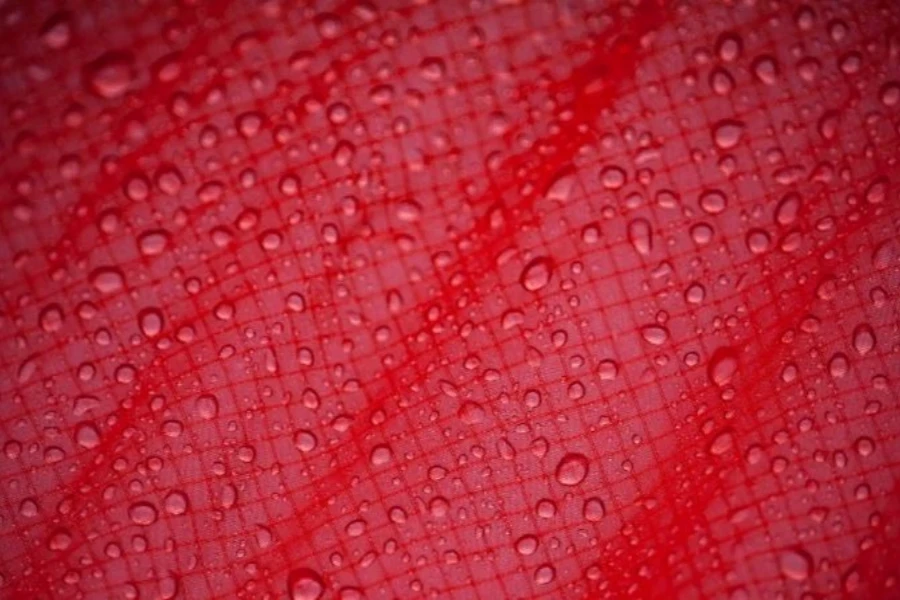
Textiles with integrated technology are typically used as outdoor fabrics and are ideal for customers with active lifestyles. Smart fabrics are textiles that use technology to adapt to the user. Examples of smart textiles include temperature-regulating fabrics or color-changing fabrics. Sensors can also be built into outerwear fabrics to monitor biometrics and react to changes in the environment.
High-performance fabrics are also essential to athletic apparel and provide protection from outdoor elements. They are used in a wide range of activewear markets. As a result, moisture-wicking fabrics and textiles that offer stretch, durability, and comfort will be in demand.
The term “smart fabrics” had a search volume of 9,900 in April and 6,600 in January, which represents a 50% increase over the past three months.
3. Vintage qualities
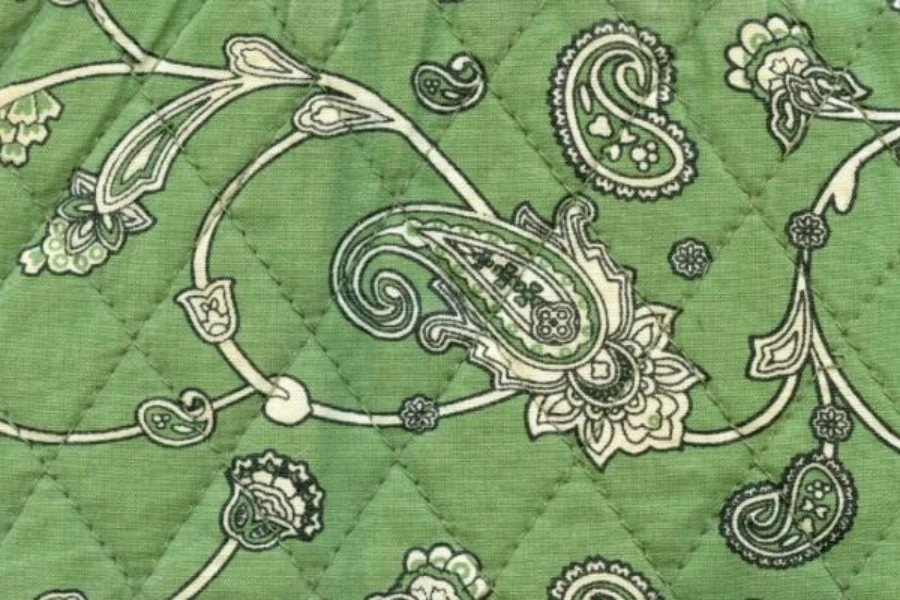
Vintage qualities will be popular for textiles in 2025/26. Fabrics that come with handwoven techniques promote the idea of outstanding craftsmanship, while faded or distressed fabrics feature interesting texture.
Hand-embroidery and appliques can be sewn onto vintage fabrics to give them an artisanal touch. Quilted fabrics are also commonly used to give a handmade appeal to heritage pieces like riding vests and quilted jackets.
The term “distressed fabric” experienced a nearly 39% increase in search volume over the past three months, with 1,000 in April and 720 in January.
4. Metallic finishes
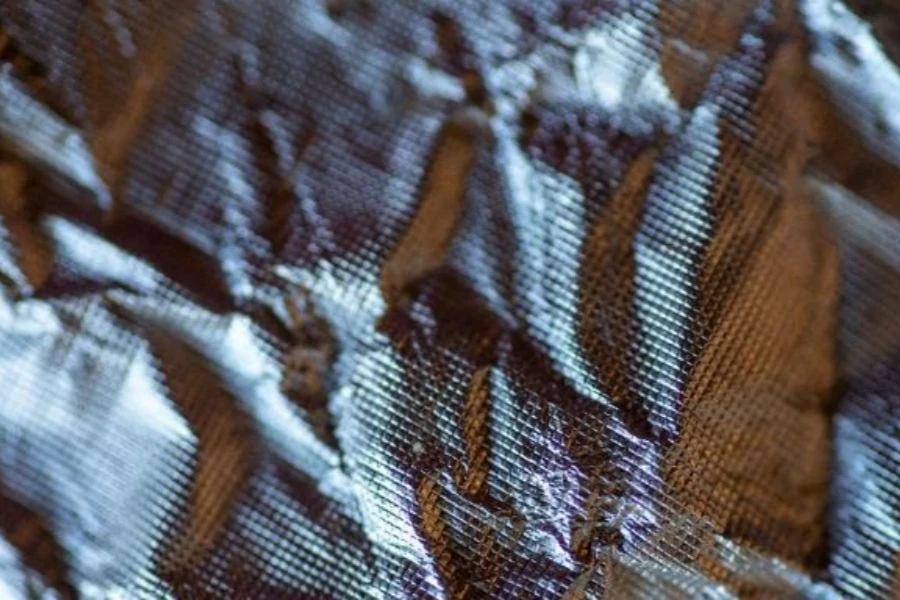
Metallic fabrics are commonly used for party and evening wear, or to give clothing a futuristic feel. As ‘80s metallics return as a key trend in 2025/26, metallic textiles are expected to be in high demand.
A reflective surface can be achieved through metallic threads, shiny fabrics, or iridescent finishes. Alternatively, some silk or luxurious satin fabrics can come with a natural sheen that resembles a metallic finish.
The term “metallic fabric” saw a 22% increase in search volume over the past three months, with 5,400 in April and 4,400 in January.
5. Tactile textures
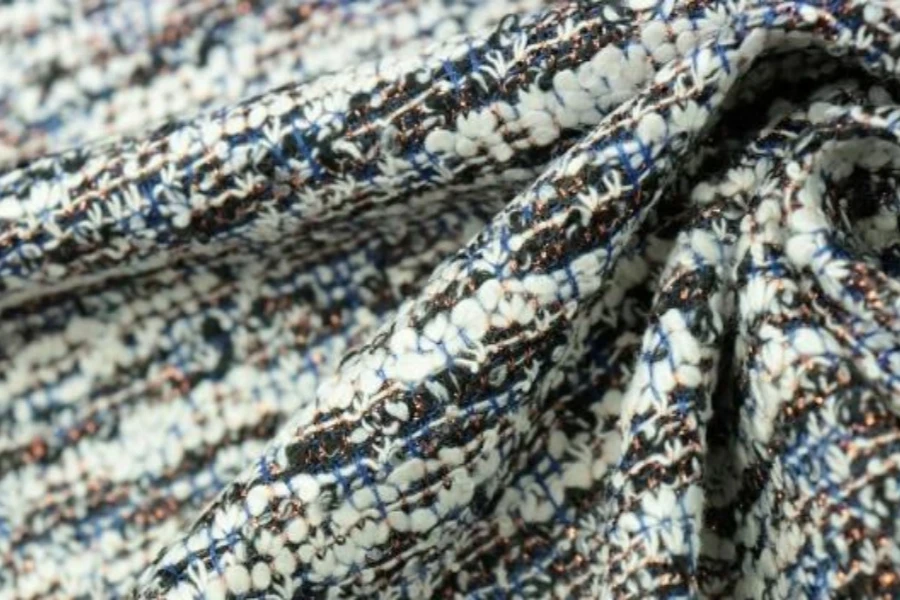
Richly textured fabrics are making a comeback in 2025/26. Textiles with tactile surfaces are suitable for creating both casual and formal wear.
The most popular textures include boucle fabric, tweed fabric, jacquard, and brocade. With innovations in 3D knitting technology, knitwear can also be made with complex textures and a sculptural appeal.
The term “textured fabric” garnered a search volume of 8,100 in April and 6,600 in January, which equates to a 22% increase over the past three months.
Summary
The latest trends in fabrics are making a big impact in the market. Trends like vintage qualities, metallic finishes, and tactile texture offer a variety of textiles to choose from, while sustainable fabrics promote low-impact fashion. For customers interested in high-performance technical fabrics, smart textiles are an emerging trend in the market.
As apparel trends continue to evolve, the fabrics required to fulfill new styles and designs will remain an important segment of the fashion industry. Businesses operating in fabric sourcing are advised to invest in the latest fabric trends to meet consumer demand.

